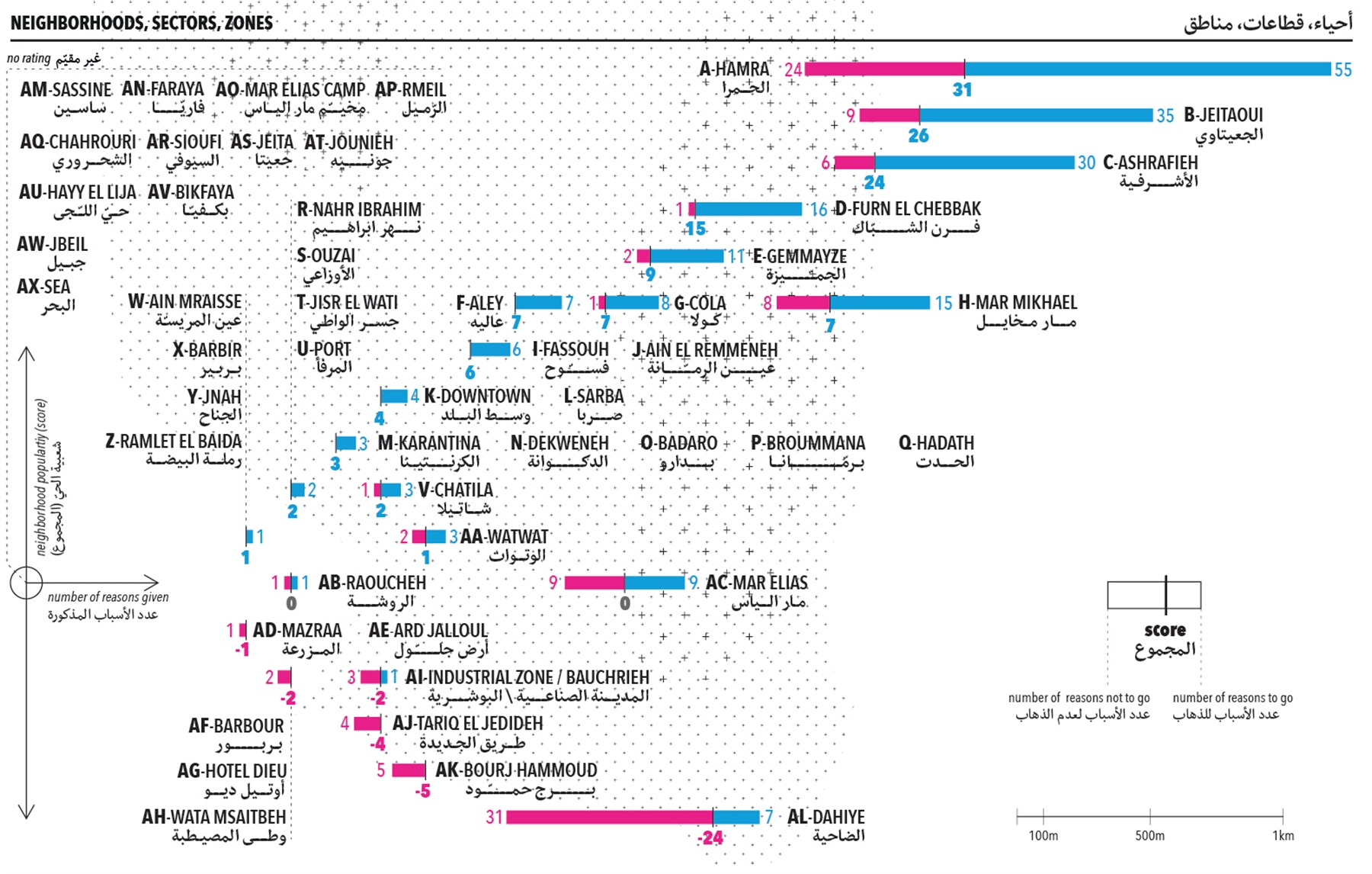Inhabiting the City, Remaking its Quarters
.jpg)
As they inhabit urban quarters, refugees transform neighborhoods, appropriating blocks that gradually come to reflect their modes of dwelling and socialization.
Through overlapping mappings, interviews, and direct observations, the research unravels a network of solidarity, practices of spatial occupation and transformation, and ultimately the remaking of an urban district. The findings relocate at the heart of discussions of forced population displacement and resettlement the importance of refugees’ individual and collective political identity and positionality.

This research project was led by Mona Fawaz and Dounia Salamé, with the help of Alina OueishekMaps by Ahmad Gharbieh and Monica BasbousIt was first published in Refugees as City-Makers (2018), where you can read the whole study.